Description
Applications
Some typical applications are:
- Barge and tank truck liners
- Carburizing atmospheres
- Ethylene dichloride crackers
- Furnace trays, mufflers, hangers
- Gasoline stabilizer production
- MgCl2 evaporates
- Phenol condensers
- Soap manufacture
- Titanium dioxide
- Vegetable and fatty acid vessels
Corrosion Resistance
The high chromium content of alloy 600 raises its oxidation resistance considerably above that of pure nickel, while its high nickel content provides good corrosion resistance under reducing conditions.
This alloy exhibits high levels of resistance to stress and salt water, exhaust gases, and most organic acids and compounds.Physical Properties °F British Units °C Metric Units Density Room 0.304 lb./cubic in. Room 8.43g/cubic cm Electrical
Resistivity70
200
400
600
80040.6 microhm-in.
40.9
41.5
42.2
43.021
93
204
316
4271.03 microhm-m
1.04
1.05
1.07
1.09Mean Coefficient
of Thermal
Expansion70-200
70-400
70-600
70-8007.4 microinches/in.-°F
7.7
7.9
8.121-93
21-204
21-316
21-42713.3 x 10(-6)m/m·K
13.9
14.2
14.6Thermal
Conductivity70
200
400
600
800103 Btn-in./ft².-hr.-°F
109
121
133
14521
93
204
316
42714.8 W/m·K
15.7
17.4
19.2
20.9Modulus
of ElasticityRoom 30.0 x 10(6) psi Room 207 GPa Heat Treatment
Alloy 600 is not an age hardening alloy; cold working is the only available means of hardening. Softening by annealing begins at about 1600°F (871°C), and is reasonably complete after 10 to 15 minutes of heating at 1800°F (982°C). Above this temperature, grain growth may be objectionable, although very brief heating at 1900°F will cause complete softening without undue grain growth. Since the rate of cooling has no effect on the softening, the material may be water quenched or air cooled.Hot Working/Forging
Low sulfur reducing furnace atmospheres should be used in forging. Major hot working should be done between 2300/1850°F, while light working may be continued as low as 1600°F. No hot working should be attempted between 1600/1200°F due to lower ductility in that range.Cold Working
For higher properties, alloy 600 can be cold worked below 1200°F (649°C).Typical Mechanical Properties
Typical Mechanical Properties
Various forms and conditionsForm
and
ConditionTensile Strength 0.2%
Yield Strength% Elongation
in 2″%
Reduction
of AreaRockwell
HardnessRod and Bar
Cold-drawn
Annealed
As-drawn
Hot rolled
Annealed
As-rolled
Hot-finished
Strip
Annealed80-100
105-15080-100
85-120
80-12080-100
552-689
724-1034552-689
586-827
586-827552-689
25-50
80-12530-50
35-90
35-9030-45
172-345
552-862207-345
241-621
241-621207-310
55-35
30-1055-35
50-30
50-3055-35
70-60
60-3070-60
65-50
65-50—-
65-85B
90B-30C65-85B
75-95B
75-95B84B max.
Average Room Temperature Tensile Data
Form Condition Ultimate Tensile Strength,
Ksi (MPa)Yield Strength at 0.2% offset,
Ksi (MPa)Elongation in 2 in. (50.8mm)
or 4D, percentSheet
Plate
Bar/Billet
Sheet, Plate, Strip, BarAnnealed
Annealed
Annealed
Annealed98 (676)
95 (655)
95 (655)
80 (550)*42 (290)
41 (283)
41 (283)
35 (240)*40
45
45
30** – minimum
Temperature Tensile Strength 0.2%
Yield Strength% Elongation
in 2″°F °C ksi MPa ksi MPa 600
800
1000
1200
1400
1600
1800316
427
538
649
760
871
98290.5
88.5
84.0
65.0
27.5
15.0
7.5624
610
579
448
190
103
5231.0
29.5
28.5
26.5
17.0
9.0
4.0214
203
196
183
117
62
2846
49
47
39
46
80
118Stress Rupture Properties
Temperature Stress to Produce Rupture in: °F °C 10 hours 100 hours 1000 hours ksi MPa ksi MPa ksi MPa Cold Drawn, Annealed-3 Hours/1750°F (954°C)/Air Cooled 1000
1200
1400
1600
1800
2000538
649
760
871
982
109374
34
13
7.5
4.4
2.1510
234
90
52
30
1450
23
8.4
4.8
2.8
2.4345
159
58
33
19
1734
14.5
5.6
3
1.8
—234
100
39
21
12
—Hot Rolled, Annealed-2 Hours/1650°F (899°C) 1350
1600
1800
2000732
871
982
109320
8.1
4.4
2.1138
56
30
1413.5
5.3
2.8
1.493
37
19
109.2
—
1.8
—63
—
12
—Solution Annealed-20 Hours/2050°F (1121°C)/Air Cooled 1350
1500
1600
1800
2000732
816
871
982
109319
11.5
8
4.4
2.1131
79
55
30
1414
8
5.3
2.8
1.497
55
37
19
109.8
5.6
—
1.8
—68
39
—
12
— - Typical Elevated Temperature Tensile Properties
- Welding
Alloy 600 can be joined by the usual welding , brazing, and soldering process. - Machinability
Alloy 600 is machinable in both the hot worked and annealed conditions. Because considerable heat is generated in machining this alloy, high-speed steel, cast nonferrous or cemented carbide tools should be used. The tools should be kept sharp.
Lathe turning speeds with high-speed and nonferrous tools are 35/45 sfm (0.18/0.23 m/s); speeds with cemented carbide tools are 100/175 sfm (0.51/0.89 m/s). (This data should be used as a guide for initial machine setup only. The figures used are averages. On certain work, the nature of the part may require adjustment of speeds and feeds.)
Sulfur-based oil should be used as a lubricant, but should be completely removed before the machined part is exposed to elevated temperatures, as in welding. - Workability
- Average Physical Properties

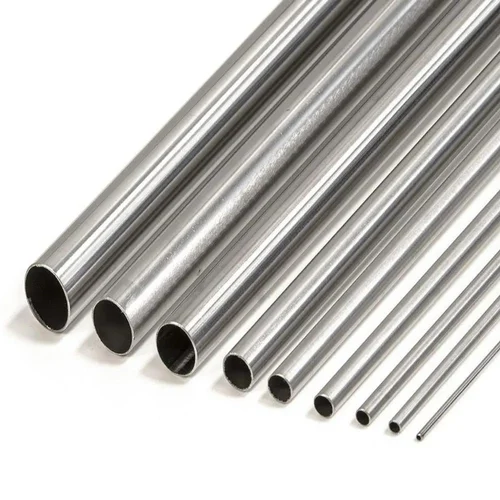
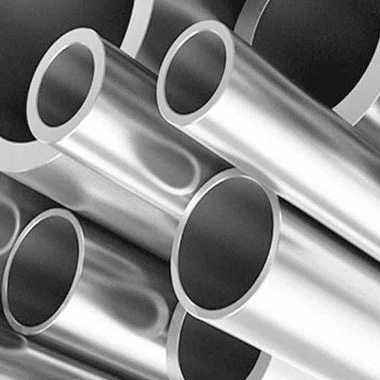
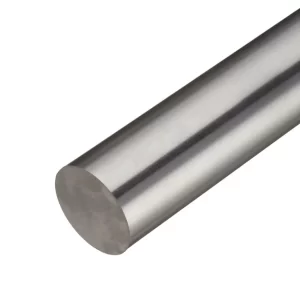
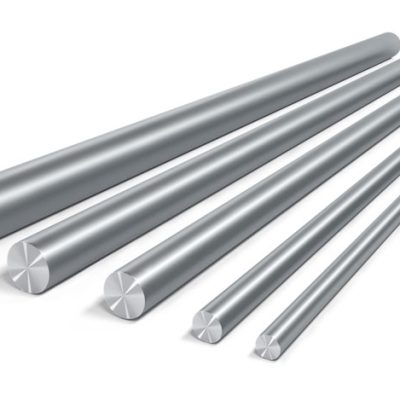
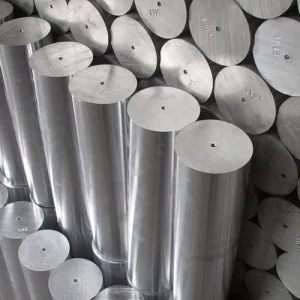
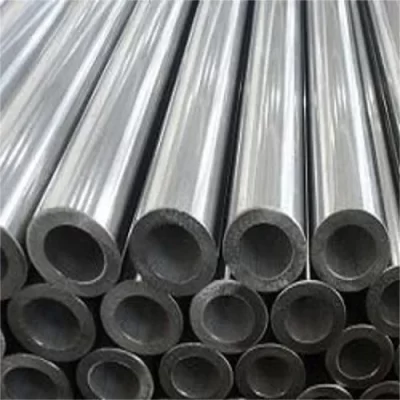
Reviews
There are no reviews yet.